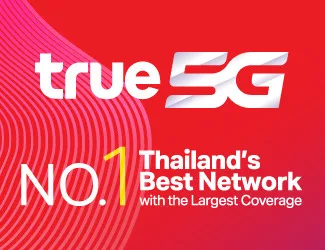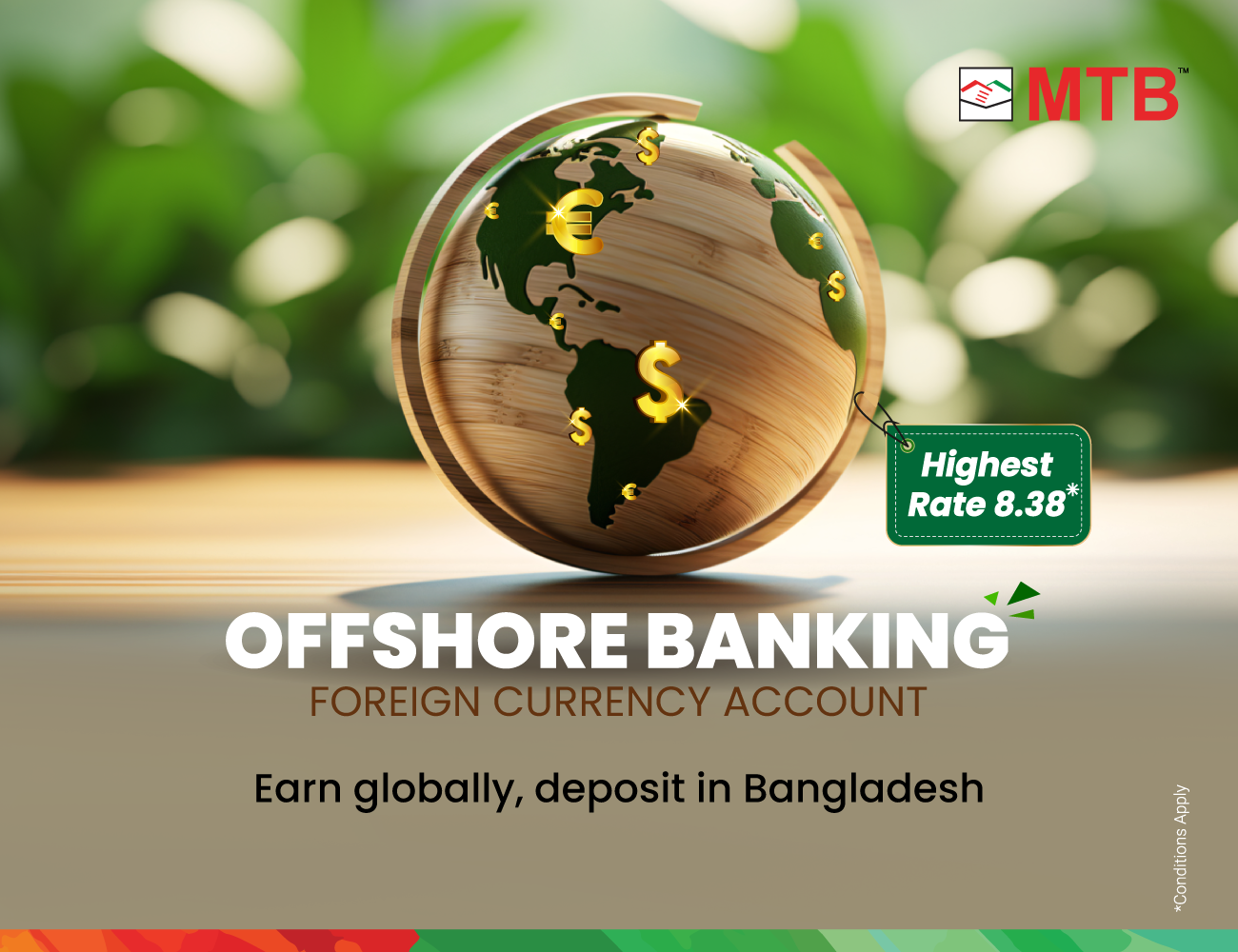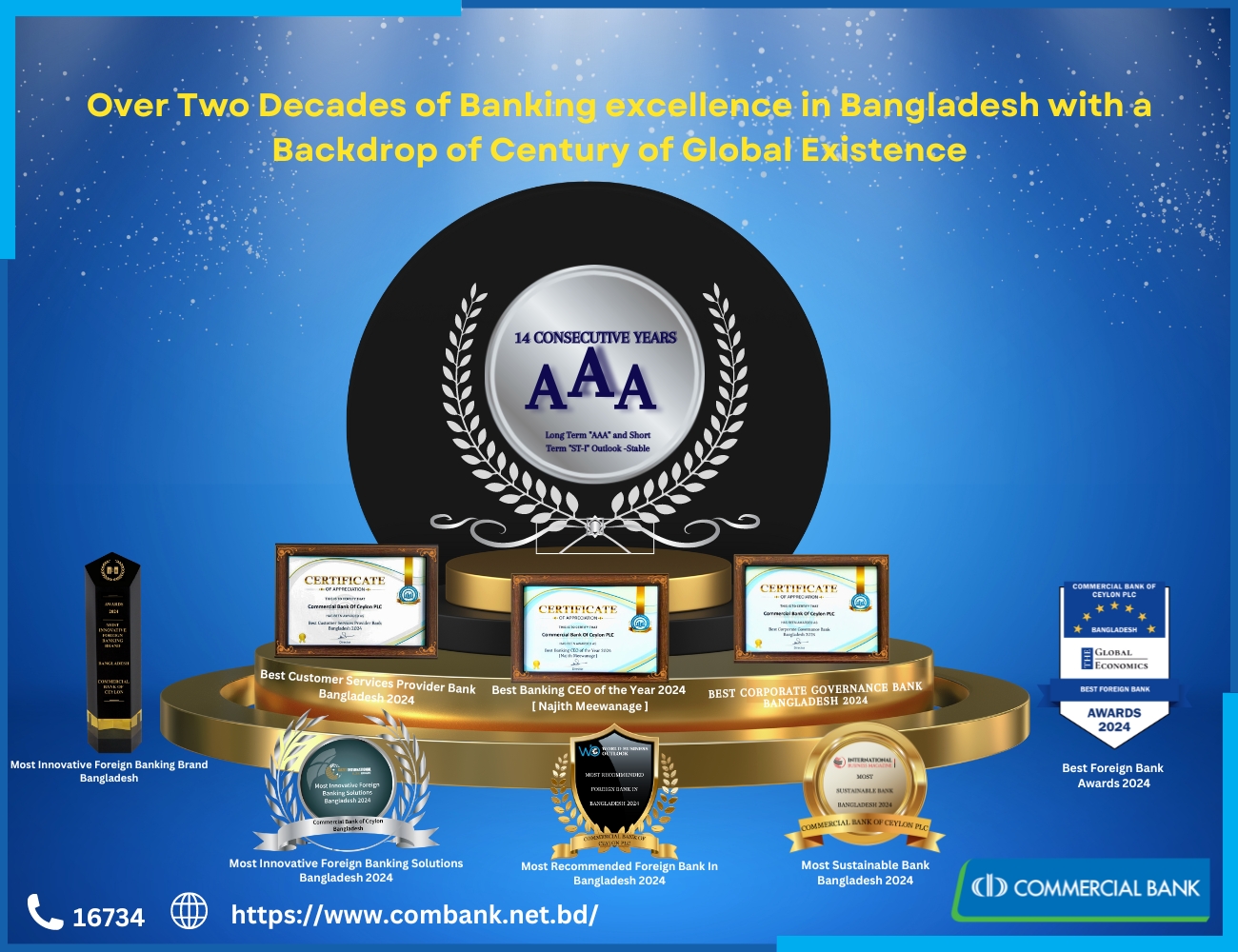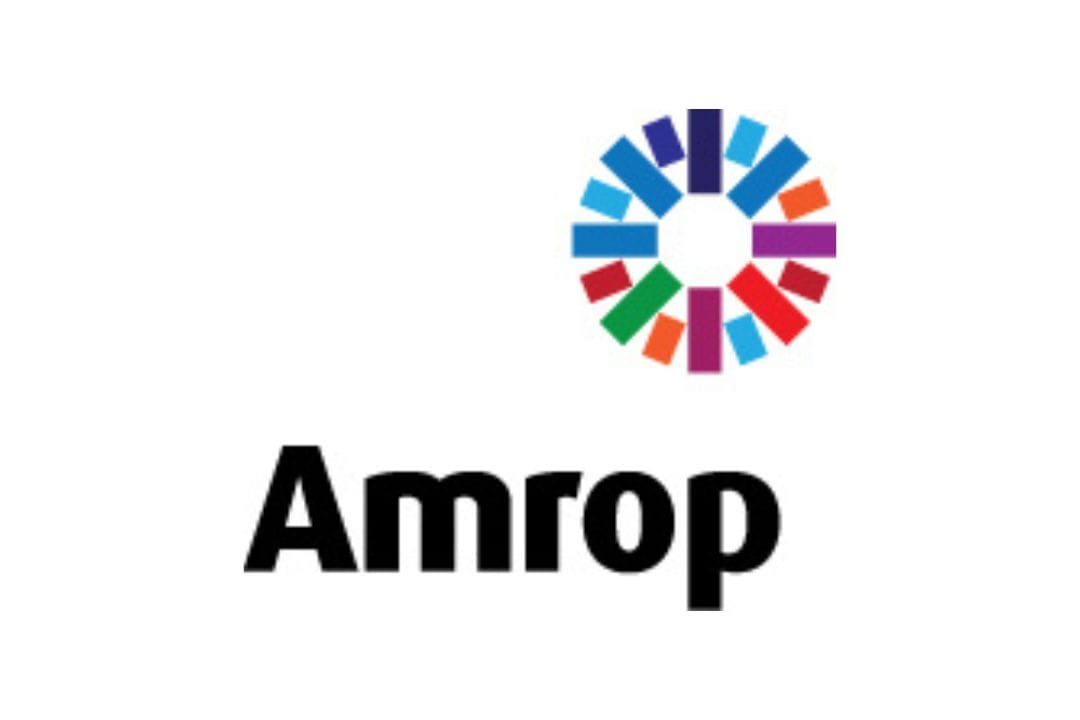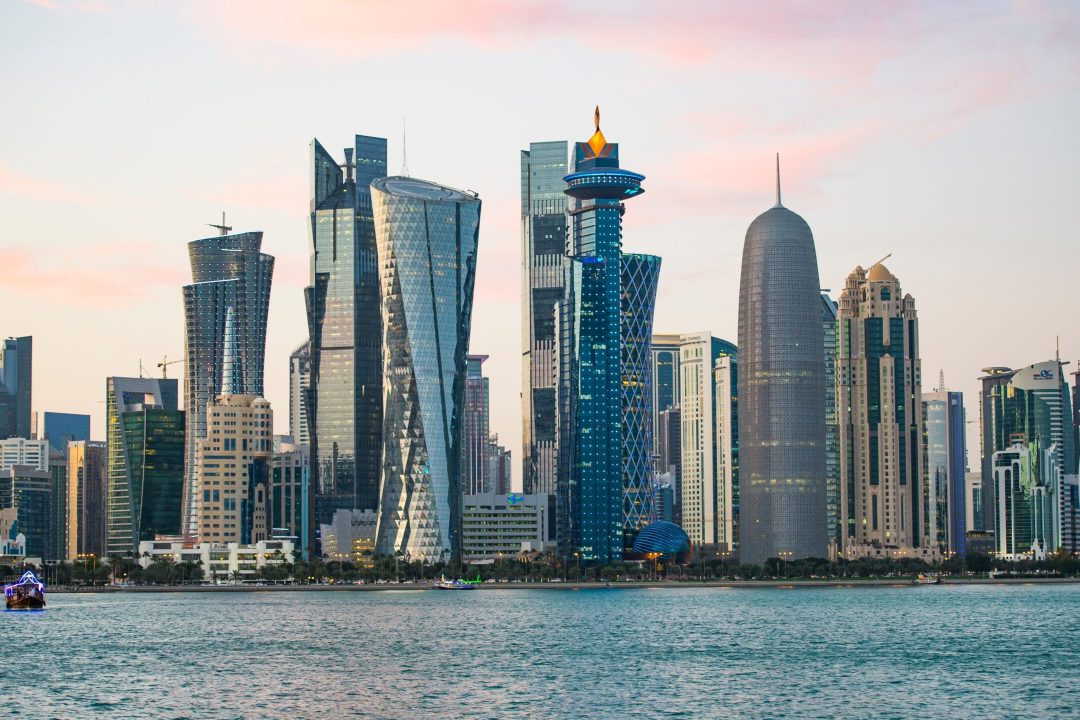
Christine Galle-Luczak is a prominent name in luxury travel, with over 24 years of experience in Asia. Her career began in 1999, overseeing the expansion of a Singaporean company in Indonesia. She then served as Director of Sales & Marketing at Chiva-Som in Thailand. Inspired to offer personalised marketing for extraordinary destinations, Christine founded Heavens Portfolio in 2005. Now based in Singapore, her company has grown to 17 offices, representing prestigious brands like Cheval Blanc, Armani, and Belmond. Christine’s innovative strategies have made Heavens Portfolio a key player in the luxury travel market. Team Women’s Tabloid had the golden opportunity to have a question and answer session with her. Here are the excerpts:
Women’s Tabloid: Please elaborate on your approach to crafting personal marketing strategies for luxury travel destinations. What factors would you consider when you develop these strategies to connect with travellers?
Christine Galle-Luczak: Our approach at Heavens Portfolio revolves around understanding the unique preferences, aspirations, and behaviours of the target audience, matched against the offerings of our specific client. Our starting point begins by segmenting the audience based on demographics, psychographics, and behaviour. This allows for the creation of highly tailored marketing messages and experiences that resonate with different segments, such as honeymooners, families, adventure seekers, and business travellers. We also diversify this with more niche interests such as golf, wellness, diving, skiing, boating, expeditions. It is important to me that our teams understand the intention in the messaging. A story that works for a resort differs greatly from a city hotel in general but our business is to know how to position it so that it is relevant in-market and how to curate the messaging accordingly. Our regional team across Asia bolster their knowledge utilising data analytics and insights, to identify trends and patterns in traveller behaviour, specific to their local market within their city. This could include their preferred travel periods, destinations, activities, and spending habits, which vary vastly from country to country across all of Asia. Luxury travellers seek unique and exclusive experiences would entail collaboration with local experts for luxury service providers to curate bespoke experiences that highlight the destination’s unique offerings, such as private tours, gourmet dining experiences, and cultural immersions. Effective storytelling that conveys the luxury and exclusivity of the destination is crucial. I would develop rich, narrative-driven content that showcases the destination’s history, culture, and attractions, appealing to the emotions and imaginations of potential travellers. By focusing on these, we aim to create personalised marketing strategies that not only attract luxury travellers but also build lasting connections with them, ultimately enhancing their overall travel experience and loyalty to the destination.
WT: As someone with a lot of knowledge of travelling and destinations, how do you see the luxury travel destination scene in Asia? Are there any notable trends/innovations that you are looking forward to?
CGL: Overall, the luxury travel scene in Asia is dynamic and diverse, with a strong focus on personalisation, sustainability, and unique experiences. Having been in Asia for more than half my life now, I feel very confident to say this. There are so many unique experiences to explore, just in our backyard – from the wilds of Thailand to the beautiful coasts of Vietnam, the tropics of Indonesia that holds wildlife and marine life galore. I am particularly excited about the innovations in wellness tourism with a very key focus on Asian modalities, educational sustainable travel practices, and the integration of technology to enhance the overall travel experience from a luxury perspective. These trends are not only redefining luxury travel but also contributing to the broader goals of sustainability and cultural preservation. I am excited to see how technology will come together with the personal touchpoints and detail oriented service that luxury travellers have grown suited to. In addition, with climate change and weather conditions becoming increasingly hard to predict even here in Asia, there are more opportunities to increase the talkability of a destination, more opportunities to highlight alternative experiences outside of seasonality. We can explore more of what makes the destination special, taking the time to recognise what unique experiences travellers can enjoy.
WT: After the COVID-19 pandemic, how have you modified your strategies to resonate with the changing preferences and needs of travellers?
CGL: The pandemic gave rise to a more experiential way of travelling which was already on the precipice. This is something we have continued to highlight across our client portfolio. Forget cruising, think expeditions. Solo travel. Great authentic food. Off-the-beaten track. Lighter footprints. Finding new wine… Glamping. Shepherds’ huts. Off-grid. The resurgence of train travel and the romance of overnight sleeper services but also an increase in automated bookings, perhaps unsurprisingly, given our increasing reliance on technology, one of the biggest trends predicted in travel for 2024 is automated bookings. I am, and continue to be excited about how these can bolster out our client messaging and how we can weave artificial intelligence from a luxury hospitality perspective into making our resources more effective. Wellbeing-oriented travel is growing combined with medical tourism in Asia though it was already accessible with several of our wellness-focused clients within Asia and abroad. Countries like Thailand, Singapore, South Korea and India are popular destinations for diverse medical procedures such as cosmetic surgery, dental work, and fertility treatments, all complemented by wellness activities. Cleansing therapies such as vitamin infusions are also sought after to help the body for optimal function. An element we are keeping our eye on is ‘soft travel’. The concept of soft travel as a whole, offers travellers flexibility, in which they don’t have to live up to the pressures and strains often associated with being adventurous outdoors. So, whether you simply want to enjoy the outdoors, having a picnic break, or snap a photo to capture the moment, this is all the more encouraged by this movement. The pandemic has illuminated many travellers to slow down and ‘smell the roses’ so to speak – to appreciate the smaller, often overlooked moments in life and to draw core memories from them.

WT: How do you integrate the principles of sustainable travel and responsible tourism into your strategies for marketing?
CGL: We adopt a holistic approach that ensures our client values are reflected. Eco-tourism and sustainable travel practices are also gaining popularity in Asia’s travel market. Many hospitality brands are enhancing their eco-friendly practices not just limited to using renewable energy sources, reducing plastic waste, and promoting local wildlife conservation. They are looking into other ways of supporting local artisans, farmers, to bolster the circular economy of tourism in the destination, creating more immersive experiences to understand the culture of the destination as well. The crux of this is very much how we utilise communication and marketing strategies to be inclusive to guests, to create a personal connection to the destination by way of their luxury holiday and make them aware or increase their awareness of their own actions and how it can impact an entire ecosystem, whether a physical one or social one. We want to highlight how guests of any age can very easily contribute and make a difference in their own way.
WT: How do you leverage the untapped potential of social media and digital marketing to make your marketing strategies more appealing? Do these technologies prove effective in the luxury tourism category?
CGL: While some may question the effectiveness of social media and digital marketing in the luxury tourism category, evidence suggests otherwise. Luxury travellers increasingly turn to social media platforms and digital channels to research destinations, seek inspiration, and engage with brands. By strategically leveraging these technologies to create immersive, aspirational experiences and cultivate a strong online presence, luxury resorts can effectively engage with their target audience, drive bookings, and elevate their brand in the competitive luxury tourism market. It is essential to recognize the power of these platforms in reaching and engaging with a global audience. By crafting compelling content that showcases the unique offerings and experiences of luxury resorts, such as breathtaking landscapes, exclusive amenities, and personalised services, social media platforms like Instagram, Facebook, and X as well as TikTok, provide an ideal avenue to capture the attention of potential guests and inspire them to book their stay. We also acknowledge there is an inherent difference in how we communicate on said platforms to appeal to different demographics. For example, whilst there are differing views on the successes of TikTok for luxury travel – we see how the younger generation – Gen Z, or even Gen Alpha are changing the industry. They are utilising their savviness on these platforms to talk about destinations, give reviews of personal experiences and through this we see a burgeoning trend of them being decision-makers, though they might not yet have the spending potential yet, they are surely able to sway the ones that do in a specific direction to make these decisions in favour of experience-driven and immersive vacations. Moreover, digital marketing allows for precise targeting and measurement, enabling luxury resorts to reach specific demographics and track the effectiveness of their campaigns in real-time. We can ensure their message reaches the right audience at the right time, maximising return on investment.
WT: What are some of the key challenges the luxury resorts in Asia face, in terms of marketing and attracting discerning travellers?
CGL: Luxury resorts in Asia face several key challenges in marketing and attracting discerning travellers. Intense competition in the luxury hospitality market demands unique differentiation and a strong brand identity. Discerning travellers’ evolving expectations for personalised, authentic experiences over mere luxury amenities necessitate continuous innovation and guest-centric offerings. Sustainability concerns are increasingly important, requiring resorts to implement and promote robust practices that are not just environmentally friendly, but environmentally sustaining with long term effects on the physical surroundings yet is also supportive of locals, boosting the community and fostering entrepreneurship and education for them as well, well beyond sustaining the experience of each guest. Additionally, maintaining a strong digital presence amidst rapid technological advancements and ensuring effective communication about health and safety measures in the post-pandemic era are critical. Seasonal travel patterns and remote locations pose accessibility and weather dependency challenges, while building and maintaining a stellar reputation demands consistent excellence and strategic brand management. Overcoming language and cultural barriers further complicates communication and service quality. Addressing these challenges with strategic solutions can help luxury resorts in Asia attract and retain their target clientele.

WT: What do you envision as the future trends and developments in luxury travel marketing from the perspective of Asia’s diverse and dynamic landscape?
CGL: The future of luxury travel marketing in Asia will be characterised by a strong focus on personalization and customization, with resorts leveraging advanced data analytics and AI to offer bespoke services that cater to individual preferences. Sustainability will play a crucial role, with eco-friendly practices and local conservation efforts becoming central to marketing strategies. Technology integration, including virtual reality previews and smart resort features, will enhance the guest experience. There will be a growing emphasis on holistic wellness and authentic cultural immersion, with resorts offering unique, local experiences and supporting community engagement. Experiential and adventure travel will see increased demand, promoting off-the-beaten-path destinations and unique activities. Flexible booking policies and longer stay packages will address travellers’ evolving needs, while enhanced digital marketing strategies, including influencer collaborations and social media engagement, will drive brand visibility and loyalty. These trends will ensure that luxury resorts in Asia remain appealing and relevant to discerning travellers in a dynamic market.
WT: Reflecting on your experience in the industry, what advice would you offer to luxury resort owners and marketers looking to enhance their marketing strategies and elevate their brand presence in today’s competitive market?
CGL: Always create. Always innovate. Not for the sake of innovation itself but to build authentic, personalised experiences that resonate deeply with their target audience. Leveraging data analytics and artificial intelligence can help tailor offerings to individual preferences, ensuring a unique and memorable stay. Utilise advanced technologies like VR in prestay functions, smart resort features to enhance the guest experience and offer a seamless digital journey. Embrace sustainability by mindfully integrating initiatives into the DNA of the brand and highlighting these efforts in your marketing to attract the growing segment of eco-savvy travellers. Invest in holistic wellness programmes beyond surface spa experiences and invest time in curating authentic cultural experiences that reflect the local heritage, fostering a deeper connection with guests. Develop flexible booking policies and promote longer stays to adapt to changing travel behaviours. Finally, strengthen your digital presence through strategic partnerships, engaging storytelling, and active social media engagement to build brand loyalty and visibility in a competitive market.



